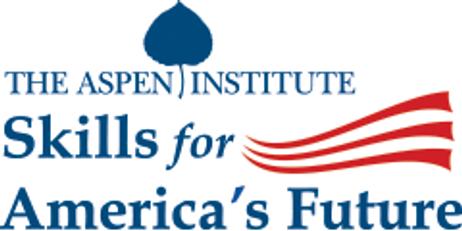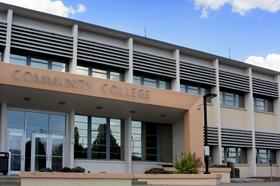In the past, four-year universities always seemed to carry more prestige and practical professional preparation than their two-year counterparts. However, as prices for universities continue to rise and community colleges expand their fields of study and improve their quality, higher education appears to be changing. Today, community college enrollment is increasing exponentially at schools across the country, while four-year institutions have seen a small drop in student population within the past year. We’ll take a look at the numbers and explore some of the reasons why more students might be choosing to go to community college today.
Changing Times or One-Time Blip?
According to a recent story in the Courier-News, national college enrollment figures dropped last year by about two percentage points. While a single-year statistic is nothing to write home about, many financial experts see this downturn as the beginning of a trend – the burst of the bubble on higher education. Some attribute the lower enrollment to fewer jobs and higher tuition rates that make parents and students alike question the real value of a bachelor’s degree today.
At the same time, enrollment numbers for many community colleges across the country continue to rise. And enrollment isn’t the only statistic that is going up. The Courier-News also reported that Waubonsee Community College in Illinois graduated its largest class in history this past spring. Elgin Community College followed suit with their most






















